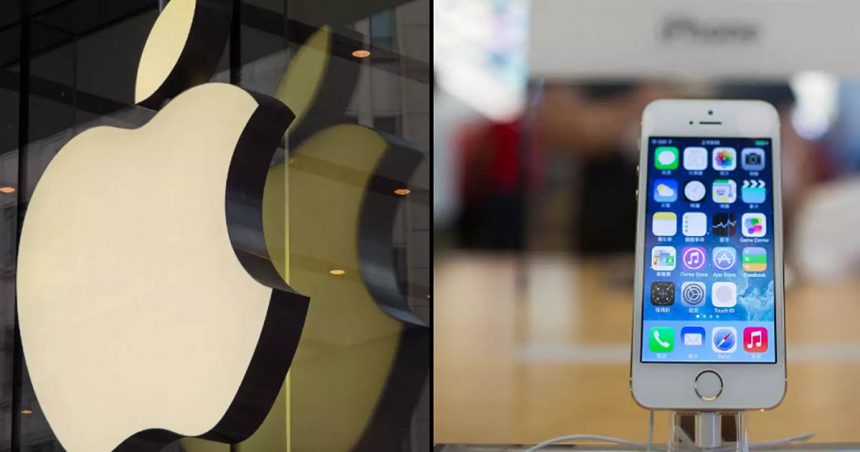Apple, a renowned tech giant known for its groundbreaking products, has recently categorized another beloved iPhone model as ‘obsolete’. This unfortunate designation means that users of these devices will no longer receive hardware services from Apple or authorized service providers. Let’s delve deeper into what this classification entails for users and explore each model now considered obsolete.
When Apple deems a product as obsolete, it signifies the discontinuation of all hardware services for that device. This includes the inability for service providers to order parts for repairs. Typically, Apple products become obsolete ten years after they are discontinued from sales. This policy extends to not just iPhones, but also encompasses MacBooks, iPads, iPods, and Apple Watches.
Recently, the iconic iPhone 5s, released in 2013, joined Apple’s list of obsolete models. This device introduced groundbreaking features like the Touch ID fingerprint sensor and an enhanced camera, setting a new standard in the industry. Despite its popularity, the iPhone 5s will no longer receive hardware support from Apple, leaving users with no recourse for repairs.
Another model on the obsolete list is the iPhone 6 Plus, Apple’s first foray into the ‘phablet’ market with its larger 5.5-inch display. Launched in 2014, this model garnered praise for its expansive screen and improved battery life but faced challenges like the ‘bendgate’ controversy. With the iPhone 6 Plus now obsolete, users won’t be able to obtain parts or repair services from Apple.
The early pioneers, iPhone 3G and 3GS, released in 2008 and 2009 respectively, were among the first to introduce 3G connectivity and the App Store. These models played a pivotal role in solidifying Apple’s dominance in the smartphone arena but have long since been declared obsolete. Similarly, the iPhone 4 and 4S, with their innovative designs and features, have also reached the end of their support life.
The iPhone 5C, known for its vibrant plastic exterior and affordable price point, was another casualty of obsolescence. Although it targeted a younger demographic, the iPhone 5C is now unsupported by Apple, marking the conclusion of its lifecycle.
For users still hanging onto these older iPhone models, the obsolescence declaration necessitates considering an upgrade. Without official hardware support, issues with these devices cannot be addressed effectively. While upgrading to a new iPhone can be a financial commitment, it is essential for continued functionality and security.
In conclusion, Apple’s decision to label various iPhone models as obsolete highlights the swift pace of technological progress. While sentimentality may attach us to older models, staying current with technology is crucial for reliability and security. If you own one of the listed obsolete models, it might be time to contemplate investing in a newer device to keep up with advancements in the tech world.






